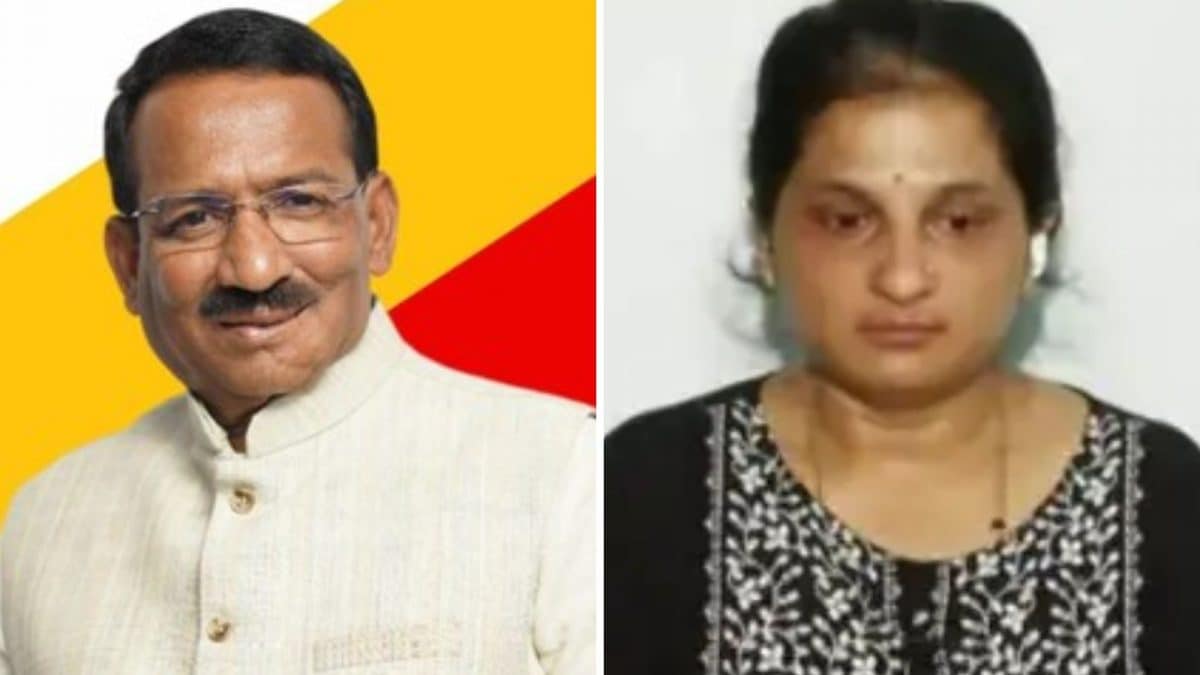Terror Knows No Faith: Survivor's Harrowing Account Sparks Ministerial Controversy

In a poignant statement that highlights the complexity of human compassion, RB Timmapur shared a remarkable insight from Pallavi, the wife of Shivamogga victim Manjunath. Despite the tragic circumstances surrounding her loss, Pallavi emphasized a powerful message of humanity, noting that Muslims in her community had saved her son during the difficult aftermath of the incident.
Timmapur sensitively added context to her statement, acknowledging that the intense emotional trauma of such a devastating event might naturally affect one's state of mind. His remarks underscore the potential for empathy and solidarity that can emerge even in the midst of profound grief and tragedy.
The account serves as a nuanced reminder that acts of kindness can transcend communal boundaries, offering a glimmer of hope and human connection in times of deep sorrow.
